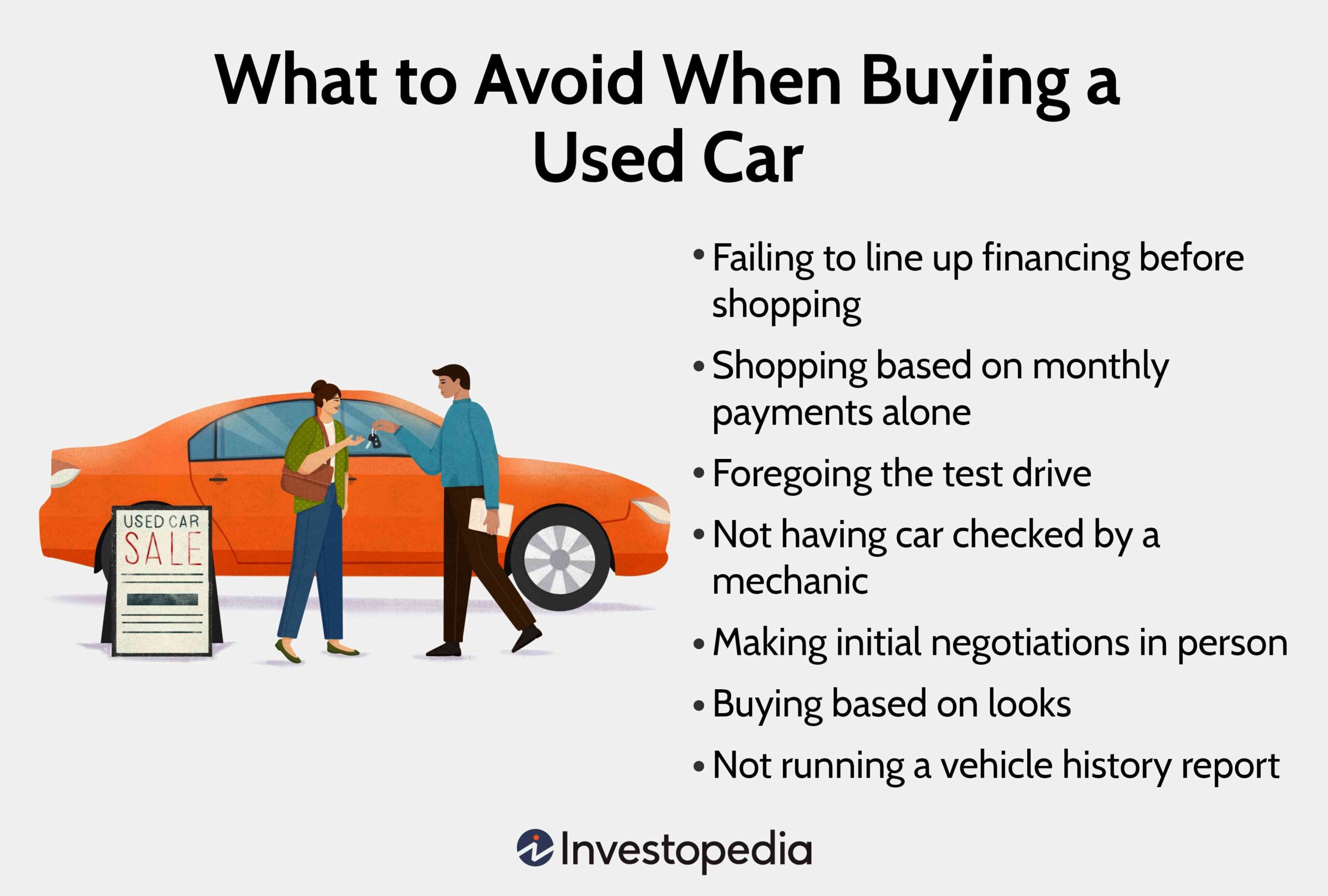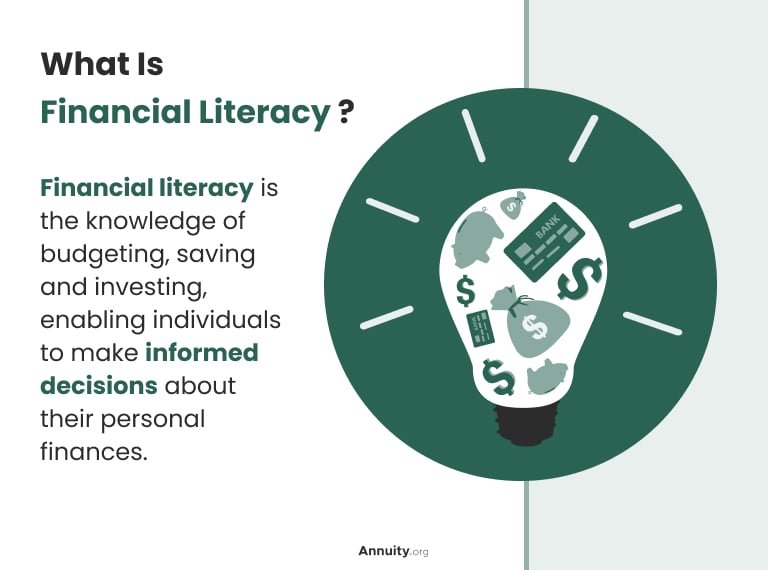Looking for the perfect personal loan can seem daunting, but worry not! We’ve got you covered with some essential tips for shopping for a personal loan. From finding the best interest rates to understanding the loan terms, our guide will walk you through the process step-by-step. Whether you’re looking to consolidate debt, finance a home renovation, or cover unexpected expenses, these tips will help you make an informed decision. So, let’s dive right in and explore the world of personal loans!
Tips for Shopping for a Personal Loan
When you find yourself in need of extra funds, a personal loan can be a great solution. Whether it’s for consolidating debt, making a big purchase, or covering unexpected expenses, a personal loan offers flexibility and convenience. However, with so many lenders and loan options available, it’s important to shop smartly to ensure you get the best deal. Here are some essential tips to consider when shopping for a personal loan.
1. Understand Your Needs
Before diving into the loan shopping process, it’s crucial to assess your needs and analyze your financial situation. Take the time to determine how much money you need, the purpose of the loan, and how quickly you can repay it. Knowing these details will help you narrow down your options and choose a loan that aligns with your specific requirements.
2. Check Your Credit Score
Your credit score plays a significant role in determining the interest rate and terms of your personal loan. A higher credit score usually leads to better loan offers, so it’s essential to review your credit report and ensure its accuracy. If you find any errors, report them promptly to the credit bureaus and have them corrected before applying for a loan. Consider taking steps to improve your credit score, such as paying off existing debts or disputing any inaccuracies.
3. Research Lenders
Not all lenders are created equal, so it’s important to research and compare various options before settling on one. Look for lenders with a good reputation, positive customer reviews, and competitive interest rates. Consider both traditional banks and online lenders. Online lenders often have simplified application processes and may offer lower rates due to lower overhead costs. However, don’t dismiss local credit unions or community banks, as they may have personalized service and competitive offers.
Factors to consider when researching lenders:
- Interest rates and fees
- Loan terms and repayment options
- Customer reviews and ratings
- Approval requirements
- Flexibility in case of financial hardship
4. Compare Interest Rates and Fees
One of the most critical factors to consider when shopping for a personal loan is the interest rate. A lower interest rate can save you a significant amount of money over the life of the loan. Additionally, be aware of any additional fees associated with the loan, such as origination fees, prepayment penalties, or late payment fees. These expenses can vary widely between lenders, so make sure to compare the total cost of the loan, including both the interest rate and fees.
5. Understand Loan Terms and Repayment Options
When evaluating loan offers, it’s important to carefully review the loan terms and repayment options. Consider the loan term, which is the length of time you have to repay the loan. Shorter terms usually mean higher monthly payments but less overall interest paid. Longer terms may have lower monthly payments but result in more interest paid over time. Choose a term that fits your budget and financial goals.
Additionally, understand the repayment options available. Some lenders offer flexible repayment plans, such as bi-weekly or monthly payments. Others may provide options for automatic payments or the ability to make extra payments without penalties. These features can make it easier to manage your loan and potentially save money on interest.
6. Get Prequalified or Preapproved
Before applying for a personal loan, consider getting prequalified or preapproved by multiple lenders. Prequalification is a preliminary process that gives you an estimate of how much you can borrow and at what interest rate. Preapproval, on the other hand, is a more formal process where the lender verifies your financial information. Both prequalification and preapproval can give you negotiating power when choosing a loan and help you understand what you can afford.
7. Read And Understand The Loan Agreement
Once you’ve chosen a lender and loan offer, it’s crucial to carefully read and understand the loan agreement before signing. Pay close attention to the interest rate, loan term, repayment schedule, and any additional fees or charges. If there’s anything you’re unsure about, don’t hesitate to ask the lender for clarification. It’s essential to know your rights and responsibilities as a borrower and feel confident in your decision.
8. Beware of Predatory Practices
While most lenders operate ethically, there are some predatory lenders out there looking to take advantage of vulnerable borrowers. Be cautious of any lenders who engage in the following practices:
- Charging excessively high-interest rates
- Not disclosing fees or other costs upfront
- Pressuring you into borrowing more than you need
- Asking for upfront payment or fees
- Using aggressive or deceptive sales tactics
If something feels off or too good to be true, trust your instincts and seek out alternative lending options.
9. Maintain a Healthy Credit Profile
Once you’ve secured a personal loan, it’s important to make timely payments and maintain a healthy credit profile. Paying your loan installments on time helps you build a positive payment history and improve your credit score over time. A strong credit profile can open doors to better loan offers in the future and provide financial security.
Remember, shopping for a personal loan is an important financial decision. By following these tips, you can ensure that you make an informed choice and find a loan that suits your needs and budget. Take your time, compare offers, and don’t hesitate to seek advice from financial professionals if needed. With careful consideration, you can find a personal loan that helps you achieve your goals without breaking the bank.
How & Where to Get a Personal Loan (FULL GUIDE)
Frequently Asked Questions
Frequently Asked Questions (FAQs)
What factors should I consider when shopping for a personal loan?
When shopping for a personal loan, it’s important to consider interest rates, repayment terms, fees, and any additional features or benefits offered by the lender. You should also assess your own financial situation and borrowing needs to determine how much you can afford to borrow and how long you need to repay the loan.
How can I compare interest rates and fees from different lenders?
To compare interest rates and fees from different lenders, it’s recommended to gather quotes or pre-approval offers from multiple lenders. This will allow you to compare the Annual Percentage Rate (APR), which includes both the interest rate and any fees, giving you a more accurate comparison of loan costs.
What is the difference between a fixed rate and a variable rate personal loan?
A fixed rate personal loan comes with an interest rate that remains unchanged throughout the loan term. This means your monthly payments will remain consistent. On the other hand, a variable rate personal loan has an interest rate that can fluctuate, which means your monthly payments may change over time.
Are there any additional fees I should be aware of?
Yes, in addition to interest rates, lenders may charge origination fees, prepayment penalties, or late payment fees. It’s important to carefully review the loan terms and conditions to understand all the potential fees associated with the personal loan you are considering.
Can I get a personal loan if I have bad credit?
While having bad credit can make it more challenging to qualify for a personal loan, there are lenders who specialize in offering loans to individuals with less-than-perfect credit. These lenders may have higher interest rates and stricter terms, so it’s important to carefully consider the terms and assess whether the loan is affordable for you.
How does the loan application process work?
The loan application process typically involves submitting an application form, providing necessary documentation (such as proof of income and identification), and undergoing a credit check. Once your application is approved and you accept the loan offer, the funds will be disbursed to you according to the lender’s process.
Are there any ways to lower the interest rate on a personal loan?
Some lenders offer interest rate discounts or promotions that can help lower the cost of a personal loan. You may be eligible for a lower interest rate if you have a good credit score, opt for automatic payments, or have an existing relationship with the lender. It’s beneficial to inquire about any potential discounts during the shopping process.
What happens if I miss a payment on my personal loan?
If you miss a payment on your personal loan, you may be subject to late payment fees and your credit score may be negatively affected. It’s important to contact your lender as soon as possible if you think you’ll miss a payment to discuss potential options such as forbearance or alternative payment arrangements.
Final Thoughts
When shopping for a personal loan, there are several important factors to consider. First, it’s crucial to compare interest rates from different lenders to ensure you’re getting the best deal. Additionally, take the time to research and understand the terms and conditions of each loan, including any associated fees or penalties. Another tip is to check your credit score beforehand to have a better idea of the loan options available to you. Lastly, take into account your repayment ability and choose a loan with a suitable repayment plan. Following these tips for shopping for a personal loan will help you make an informed decision and find the loan that best meets your needs.



